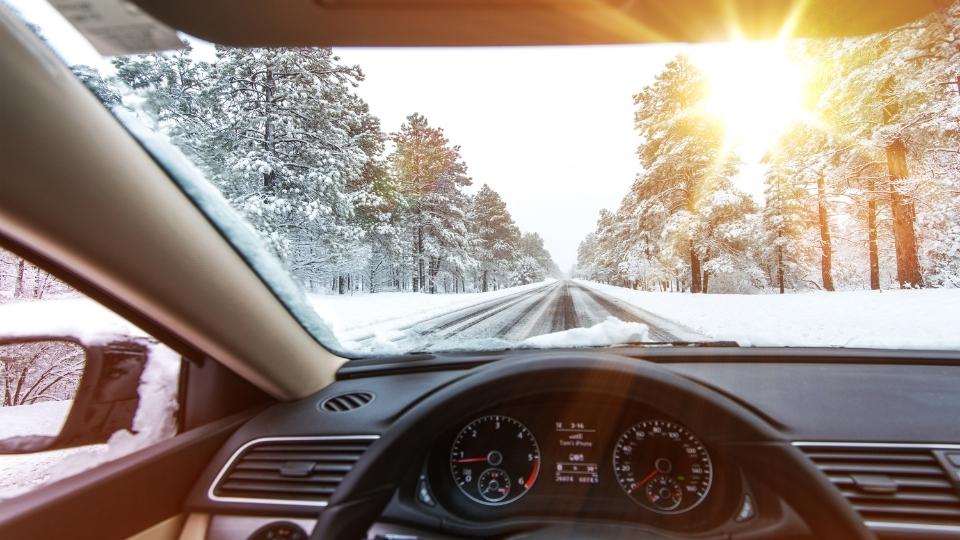Keeping your family safe on the road in wintry weather is a paramount concern. Thorough checks and maintenance of your car before the cold season hits not only prevent costly repairs but also ensure your family’s safety. This guide walks you through the steps you should take to prepare your car for cold weather.
Understanding the Importance of Comprehensive Insurance
First and foremost, do not forget to review your car insurance coverage before the cold weather hits. Comprehensive insurance is a smart move as it covers damage to your car resulting from incidents other than collisions. For example, if you drive a Mini Cooper, comprehensive Mini Cooper insurance could cover weather-related damages, including those caused by hailstorms or heavy snowfall. Insurance coverage will give you peace of mind knowing you’re protected against unexpected financial losses due to weather-related incidents.
Checking the Tires
Tires are a crucial component in maintaining control of your car during icy or slick conditions. As the temperature drops, tyres can lose pressure more rapidly. Checking your tyre pressure and topping up as needed should form part of your cold-weather preparation. Winter or all-season tyres can also provide extra traction in slippery conditions.
In addition to ensuring you have the right tyres, remember to inspect their condition and tread depth. Worn-out tyres or those with inadequate treads are dangerous and could lead to accidents on snowy or icy roads.
Testing the Battery
Cold weather can be harsh on car batteries, reducing their lifespan and reliability. A weak battery may leave your family stranded in freezing temperatures. It’s essential to have your battery tested before winter and replace it if necessary.
It’s surprising how many people overlook this step in winter car maintenance, but it can save you a lot of hassle when the cold weather sets in.
Ensuring Fluid Levels are Adequate
Your vehicle’s fluids, such as oil, power steering fluid, brake fluid, transmission fluid, antifreeze, and windshield washer fluid, should always be at recommended levels. In particular, antifreeze helps your car’s engine maintain its optimal operating temperature in cold weather conditions.
If you’re not comfortable checking and filling the fluids yourself, this is a task that your local automobile service center can do for you. You can arrange for this well in advance of winter, so your car is ready when the worst of the weather hits.
Inspection and Replacement of Wiper Blades
Visibility is vital in snowy weather. Sub-freezing temperatures can make wiper blades brittle and inefficient. If your blades are leaving streaks or not cleaning the windshield properly, it’s time to replace them. Consider getting winter wiper blades that resist ice build-up and do a better job of clearing your windshield.
Also, remember to keep the windshield washer reservoir full with a washer solution that won’t freeze.
Preparing an Emergency Kit
Even with the best preparation, things can go wrong. Having an emergency kit can be a lifesaver (sometimes literally) in a cold-weather crisis. Your kit should include a snow shovel, ice scraper, warm clothes, blankets, flashlights, jumper cables, a first aid kit, non-perishable food items, and drinkable water. Ensure that every family member knows where the kit is stored in the car.
Wrapping Up
Travelling in winter weather can present unique hazards and challenges. The good news is that you can mitigate many of these risks with thorough preparation. Keep your family safe on the road this winter by taking a few preventive steps now. This includes securing comprehensive car insurance, inspecting your tyres and battery, ensuring fluids are at advised levels, checking wiper blades, and preparing an emergency kit. These crucial steps help ensure your car is ready to face any harsh winter conditions that lie ahead.





